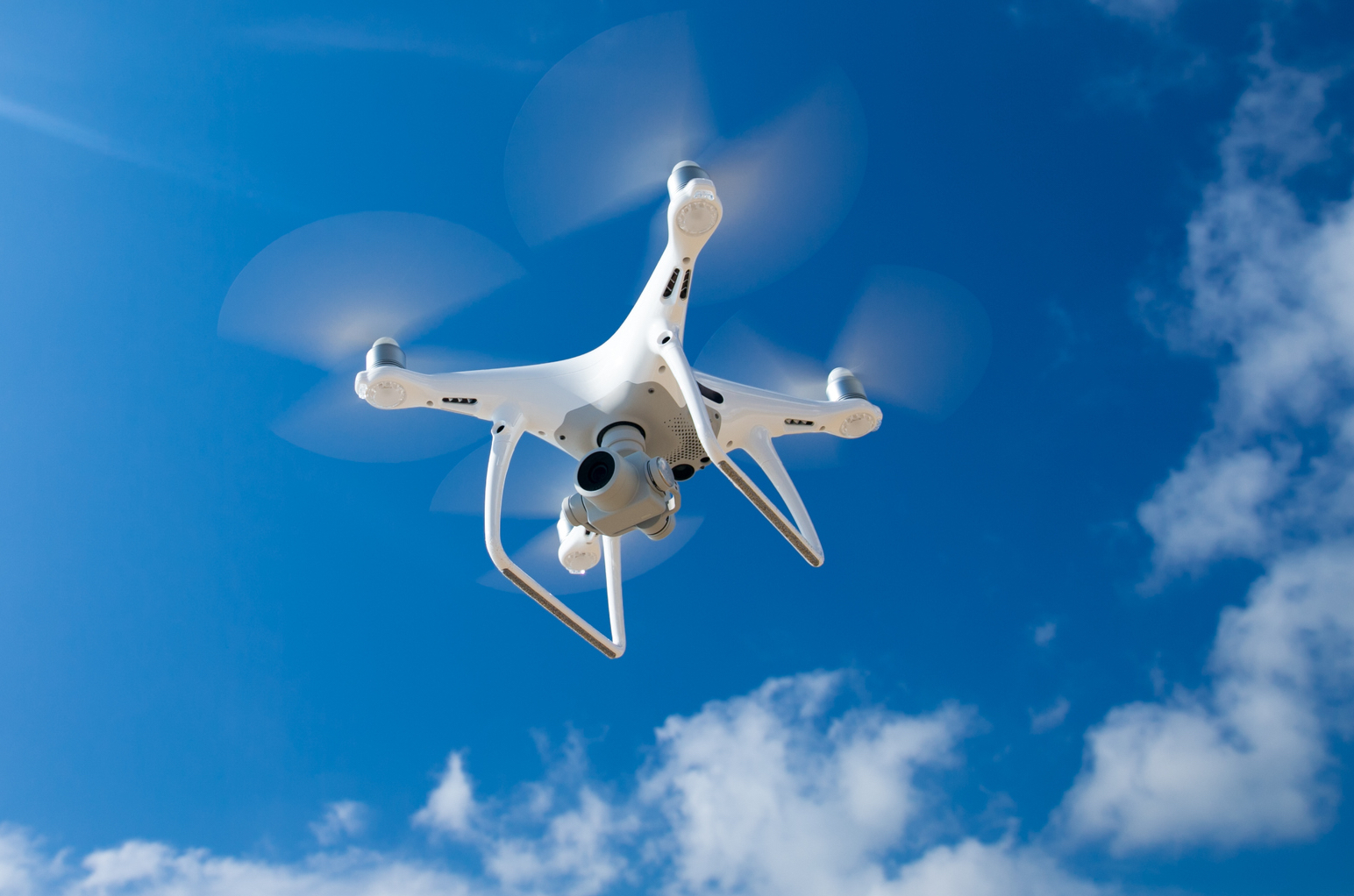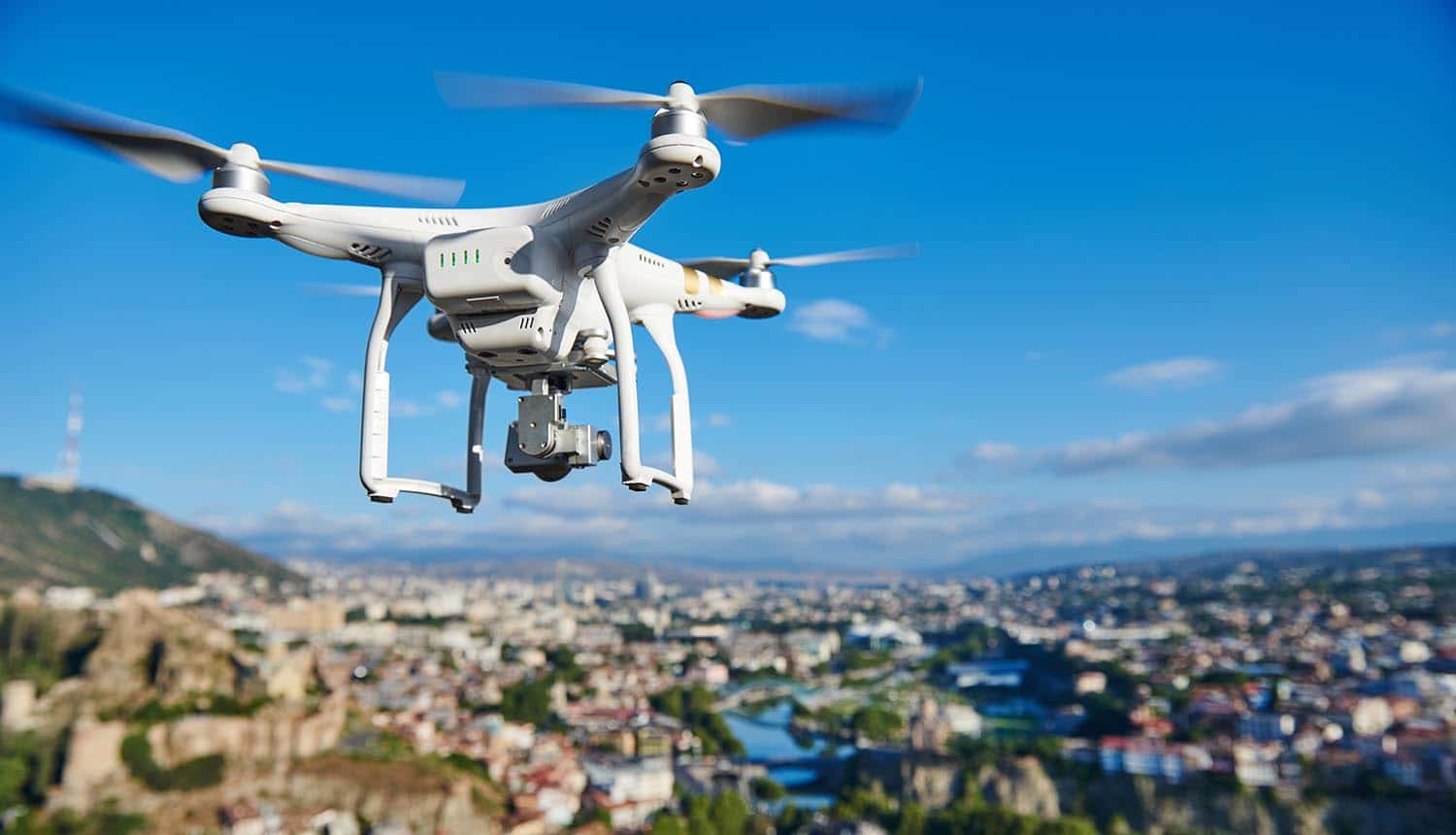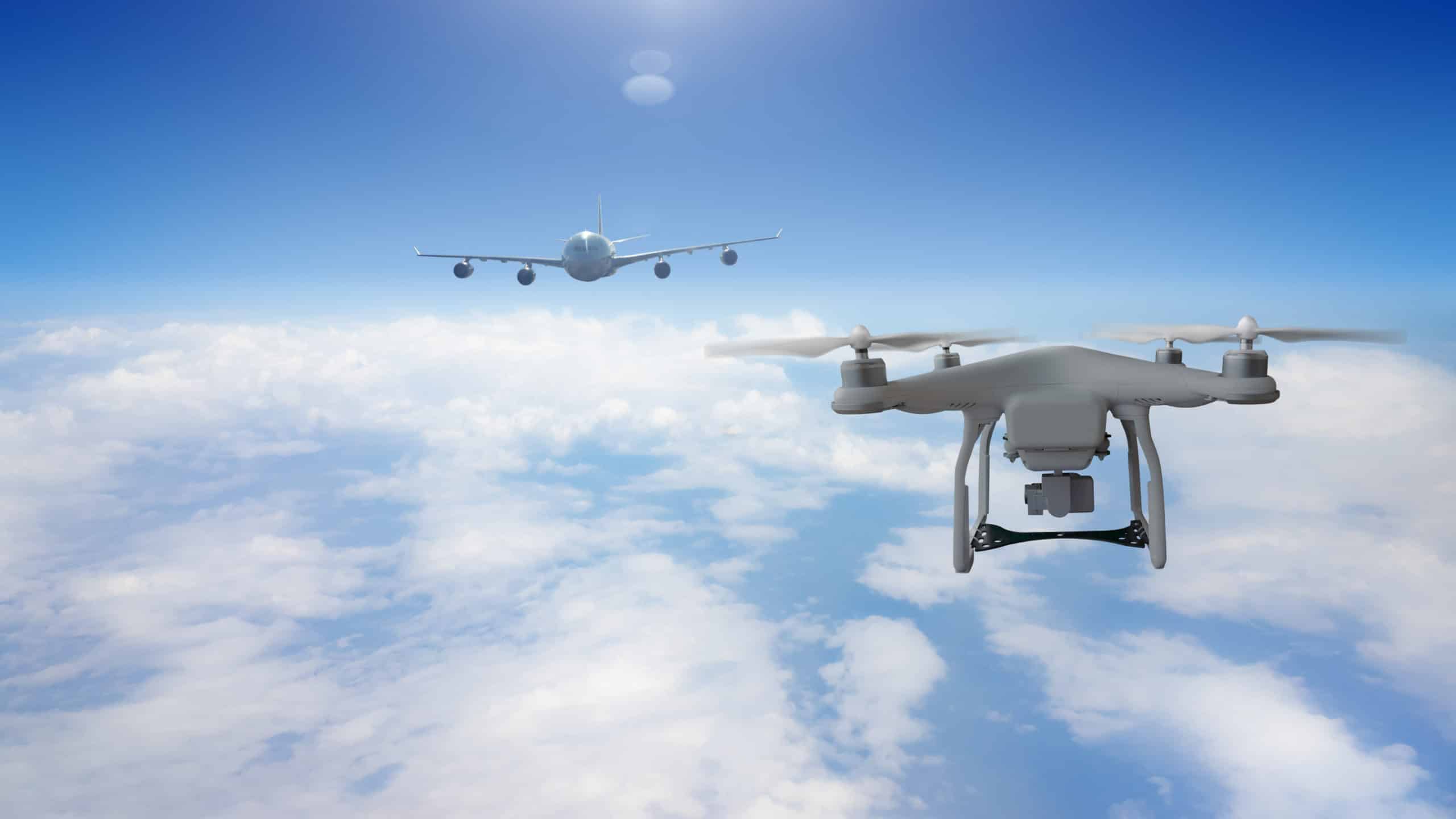Sky elements drones represent a significant advancement in data acquisition and analysis across diverse sectors. These unmanned aerial vehicles (UAVs) leverage sophisticated sensor technologies to gather real-time data on atmospheric conditions, including temperature, humidity, wind speed, and pressure, offering unprecedented insights into weather patterns and environmental factors. This detailed exploration delves into the applications, technological underpinnings, safety regulations, data analysis methods, and economic implications of integrating drones into sky element monitoring.
From precision agriculture and construction site monitoring to meteorological forecasting and disaster response, sky elements drones are revolutionizing data collection methodologies. The ability to gather comprehensive data in challenging environments, coupled with advanced data processing techniques, provides valuable information for decision-making across various industries. Understanding the limitations and safety protocols associated with drone operation in varied atmospheric conditions is crucial for maximizing the benefits and mitigating potential risks.
Sky elements drones, with their intricate choreography and vibrant displays, are pushing the boundaries of aerial entertainment. However, even the most advanced technology can encounter unforeseen issues, as highlighted by a recent incident; you can read about the orlando drone show malfunction for a prime example. Such occurrences underscore the importance of rigorous testing and safety protocols in the development and deployment of sky elements drones, ensuring future shows are flawless.
Sky Element Drone Applications

The integration of drone technology with atmospheric and celestial data collection offers transformative capabilities across numerous sectors. This section explores diverse applications, comparative analyses of urban and rural deployments, challenges posed by varying sky elements, and mitigation strategies.
Innovative Drone Applications Incorporating Sky Elements
Drones equipped with specialized sensors are revolutionizing data acquisition related to weather, atmospheric conditions, and celestial navigation. Five innovative applications demonstrate this potential:
- Precision Agriculture: Drones equipped with multispectral and hyperspectral cameras, along with sensors measuring temperature, humidity, and wind speed, provide real-time data on crop health, enabling targeted irrigation and fertilization, ultimately optimizing yields and reducing resource waste.
- Meteorological Monitoring: Drones equipped with weather sensors can collect atmospheric data at various altitudes, providing higher-resolution information than traditional weather stations, improving weather forecasting accuracy, especially in areas with limited ground-based infrastructure.
- Construction and Infrastructure Inspection: Drones equipped with thermal cameras can detect structural defects and potential hazards in bridges, buildings, and other infrastructure, even in challenging weather conditions, enhancing safety and reducing maintenance costs.
- Search and Rescue Operations: Drones can be deployed in search and rescue operations, utilizing thermal imaging and GPS navigation to locate missing persons, even in low-visibility conditions such as fog or heavy rain. Real-time data on wind speed and direction can aid in search strategies.
- Environmental Monitoring: Drones are used to monitor air quality, detect pollution sources, and assess the impact of environmental events such as wildfires or floods. Real-time data on wind patterns and atmospheric conditions aid in understanding pollutant dispersion and environmental impact assessment.
Drone Applications: Urban vs. Rural Environments

The application of sky element drones differs significantly between urban and rural settings. Urban environments present challenges like airspace restrictions and signal interference, while rural areas may lack infrastructure for data transmission and require longer flight times. However, both environments benefit uniquely from drone technology.
In urban areas, drones can monitor air quality in densely populated areas, inspect infrastructure, and assist in emergency response. Rural environments benefit from drone-based precision agriculture, meteorological monitoring in remote locations, and wildlife monitoring.
Challenges Posed by Varying Sky Elements and Mitigation Strategies
Adverse weather conditions significantly impact drone operations. Fog, rain, and strong winds can reduce visibility, affect sensor performance, and compromise flight stability. However, mitigation strategies exist to address these challenges:
- Improved Sensor Technology: Developing sensors with enhanced sensitivity and resistance to adverse weather conditions is crucial.
- Advanced Flight Control Systems: Implementing autonomous flight control systems with obstacle avoidance and wind compensation capabilities can improve safety and operational efficiency in challenging weather.
- Redundancy Systems: Incorporating backup systems for critical components like GPS and communication links enhances reliability in adverse conditions.
- Weather Forecasting and Planning: Careful pre-flight weather assessment and operational planning based on real-time weather data are essential for safe and effective drone operations.
Drone Model Performance Under Various Sky Conditions
| Model | Max Wind Resistance (mph) | Flight Time (minutes) | Image Quality (Adverse Conditions) |
|---|---|---|---|
| Model A | 25 | 30 | Good |
| Model B | 35 | 45 | Fair |
| Model C | 20 | 25 | Poor |
| Model D | 40 | 60 | Good |
Technological Aspects of Sky Element Drones: Sky Elements Drones

The effectiveness of sky element drones relies heavily on advanced sensor technologies, sophisticated algorithms, and robust data processing capabilities. This section delves into these key technological aspects.
Sensor Technologies for Sky Element Data Acquisition

A range of sensors are integrated into sky element drones to gather comprehensive atmospheric and weather data. These include:
- Temperature Sensors: Measure ambient air temperature.
- Pressure Sensors: Measure atmospheric pressure, aiding in altitude determination and weather prediction.
- Humidity Sensors: Measure atmospheric moisture content.
- Wind Speed and Direction Sensors: Anemometers measure wind speed and direction, crucial for safe flight and meteorological analysis.
- Cloud Cover Sensors: Utilize cameras and algorithms to assess cloud cover percentage and type.
- GPS and IMU: Essential for precise navigation and position tracking.
Data Processing and Interpretation Algorithms
Sophisticated algorithms and software are employed to process and interpret the raw data collected by drone sensors. These algorithms perform tasks such as:
- Data Filtering and Calibration: Removing noise and correcting sensor biases.
- Data Fusion: Combining data from multiple sensors to create a comprehensive picture of atmospheric conditions.
- Spatial Interpolation: Estimating data values at locations where no measurements were taken.
- Weather Modeling: Integrating drone data into numerical weather prediction models.
Applications of Drone-Collected Sky Element Data
The data gathered by sky element drones finds applications in various fields:
- Meteorology: Improving weather forecasting accuracy and understanding of atmospheric processes.
- Agriculture: Optimizing irrigation, fertilization, and pest control.
- Construction: Monitoring site conditions and ensuring structural integrity.
- Environmental Monitoring: Assessing air and water quality, and tracking pollution sources.
Future Technological Advancements
- Improved sensor accuracy and miniaturization.
- Enhanced autonomous flight capabilities in challenging weather conditions.
- Development of more robust and reliable communication systems.
- Integration of artificial intelligence (AI) for real-time data analysis and decision-making.
- Advanced data fusion techniques for improved accuracy and insights.
Safety and Regulatory Considerations
The safe and responsible operation of sky element drones is paramount. This section addresses safety protocols, regulations, and risk mitigation strategies.
Safety Protocols and Regulations
Drone operation is governed by a complex set of safety protocols and regulations that vary by country and region. These regulations typically cover aspects such as:
- Airspace restrictions: Designated no-fly zones and altitude limitations.
- Pilot licensing and certification: Requirements for drone pilots to demonstrate competency and adherence to safety standards.
- Drone registration and identification: Measures to track and identify drones in operation.
- Data privacy and security: Protecting the confidentiality and integrity of collected data.
Potential Risks and Mitigation Methods, Sky elements drones
Operating drones in various sky conditions presents several risks:
- Loss of control due to strong winds: Employing advanced flight control systems and choosing appropriate flight conditions.
- Collisions with obstacles: Utilizing obstacle avoidance systems and maintaining safe flight altitudes.
- Sensor malfunctions due to adverse weather: Employing redundant sensors and robust data processing algorithms.
- Data loss due to communication failures: Utilizing multiple communication channels and robust data storage solutions.
Regulatory Frameworks Across Different Regions
Regulatory frameworks for drone operations vary significantly across different countries and regions. Some countries have more stringent regulations than others, reflecting varying priorities regarding safety, privacy, and national security. Harmonizing these regulations globally is a continuing challenge.
Best Practices for Safe Drone Operation
- Thorough pilot training and certification.
- Pre-flight checks of all equipment.
- Careful planning of flight paths and operations.
- Adherence to all applicable regulations and safety guidelines.
- Development of comprehensive emergency procedures.
Data Analysis and Visualization
Analyzing and visualizing the large datasets generated by sky element drones is crucial for extracting meaningful insights. This section explores data analysis techniques and visualization methods.
Data Visualization Techniques
Various chart types are suitable for visualizing drone-collected sky element data. For instance, time series plots can display changes in temperature, pressure, and humidity over time. Spatial maps can visualize the distribution of weather parameters across a geographical area. Scatter plots can show relationships between different variables, such as wind speed and temperature.
Data Analysis Methods
Analyzing large datasets from sky element drones often involves statistical analysis and machine learning techniques. Statistical methods like regression analysis can be used to identify relationships between variables. Machine learning algorithms, such as neural networks, can be used for predictive modeling and forecasting.
Predictive Modeling and Forecasting
Analyzed drone data can be used to develop predictive models for various weather phenomena. For example, by analyzing historical wind speed and direction data, along with other meteorological parameters, predictive models can forecast wind gusts with improved accuracy, leading to better preparation for extreme weather events.
Hypothetical Scenario: Weather Event Response
Imagine a severe thunderstorm impacting a coastal region. Drones deployed before and during the storm could collect real-time data on wind speed, rainfall intensity, and flooding extent. This data, integrated with other sources, could significantly improve emergency response efforts by enabling more accurate flood predictions, efficient resource allocation, and targeted evacuation plans.
The real-time data from drones provided critical insights into the rapid intensification of the storm, allowing for timely evacuation orders in vulnerable areas. This prevented significant loss of life and property damage. The precise rainfall data aided in resource allocation, guiding emergency services to the most affected areas.
Economic and Environmental Impacts
The deployment of sky element drones offers significant economic and environmental benefits, while also raising considerations regarding environmental impact and cost-effectiveness.
The increasing sophistication of drone technology is rapidly changing various industries. A key player in this advancement is Sky Elements, a company known for its innovative drone solutions. For more information on their cutting-edge technology, you can visit their website: sky elements drones. Sky Elements drones are particularly notable for their reliability and advanced features, making them a popular choice for professionals needing dependable aerial systems.
Economic Benefits
The use of drones for sky element monitoring brings economic advantages across various sectors. In agriculture, drones reduce resource waste, increasing efficiency and profits. In renewable energy, they optimize the placement and maintenance of wind turbines and solar farms. In disaster management, they facilitate faster and more effective responses, minimizing economic losses.
Environmental Implications
While offering significant benefits, drone operations do have environmental implications. Energy consumption during flights contributes to carbon emissions. The potential for noise pollution and disturbance to wildlife needs careful consideration. However, the environmental benefits of improved resource management and reduced waste often outweigh the operational impact.
Cost-Effectiveness
Compared to traditional methods of sky element monitoring, drones often offer greater cost-effectiveness, especially in remote or challenging terrains. The initial investment in drone technology can be offset by reduced labor costs, improved efficiency, and the avoidance of costly damage resulting from inadequate monitoring.
Economic and Environmental Summary Across Industries
| Industry | Economic Pros | Economic Cons | Environmental Pros | Environmental Cons |
|---|---|---|---|---|
| Agriculture | Increased yields, reduced resource waste | Initial investment in technology | Reduced pesticide use, optimized water usage | Energy consumption during flights |
| Renewable Energy | Improved efficiency of energy production, reduced maintenance costs | Cost of drone operation and maintenance | Reduced land use compared to traditional methods | Potential for wildlife disturbance |
| Disaster Management | Faster response times, reduced damage | Initial investment in technology and training | Improved resource allocation, reduced environmental damage | Potential for noise pollution during emergencies |
The integration of drones into sky element monitoring signifies a paradigm shift in data acquisition and analysis. This technology offers significant potential across various sectors, from enhancing agricultural practices and optimizing construction projects to improving weather forecasting accuracy and aiding in disaster relief efforts. However, responsible deployment requires careful consideration of safety regulations, environmental impacts, and ethical implications.
Sky elements drones offer a versatile platform for aerial photography and videography, capturing breathtaking perspectives. For instance, imagine the stunning footage achievable by using a drone to film the panoramic views obtainable from locations like the one shown in this fantastic camera setup at the cobequid pass camera location. This highlights the potential of advanced drone technology to access and showcase challenging-to-reach viewpoints, significantly enhancing the quality and scope of aerial content creation with sky elements drones.
As technology continues to advance, the role of sky elements drones will undoubtedly expand, contributing significantly to a more informed and responsive approach to environmental monitoring and resource management.
Answers to Common Questions
What are the limitations of using drones for sky element monitoring?
Limitations include battery life restricting flight time, susceptibility to adverse weather conditions (strong winds, heavy rain), and regulatory restrictions on flight zones and altitudes.
How is the data privacy of individuals ensured when using sky elements drones?
Data privacy is paramount. Operators must adhere to strict regulations concerning data collection and usage, ensuring compliance with privacy laws and ethical guidelines. Anonymisation techniques and secure data storage protocols are crucial.
What is the cost involved in deploying and maintaining sky elements drones?
Costs vary significantly based on drone model, sensor capabilities, software, maintenance requirements, and operator expertise. Initial investment can be substantial, but operational costs may be offset by increased efficiency and reduced reliance on traditional methods.